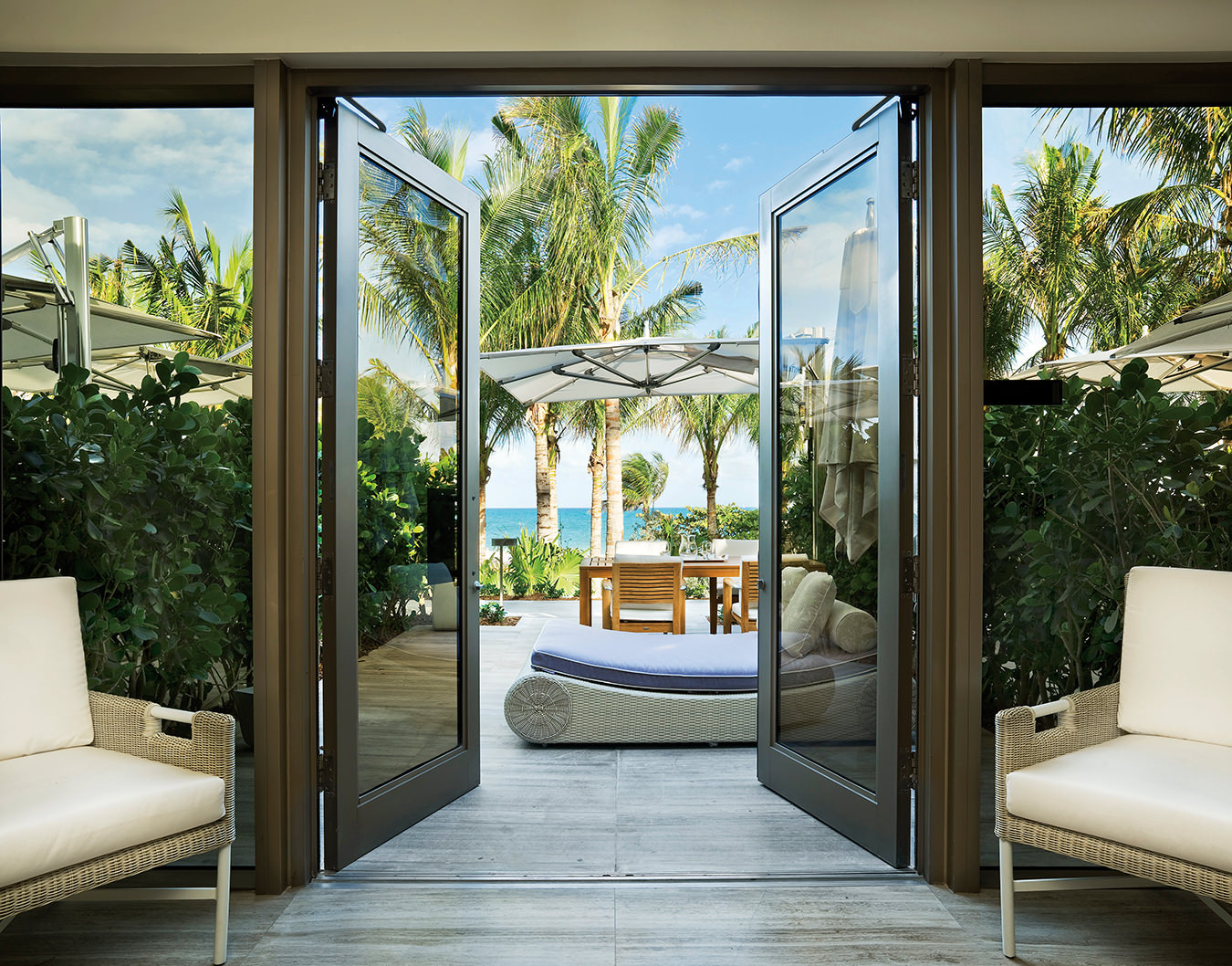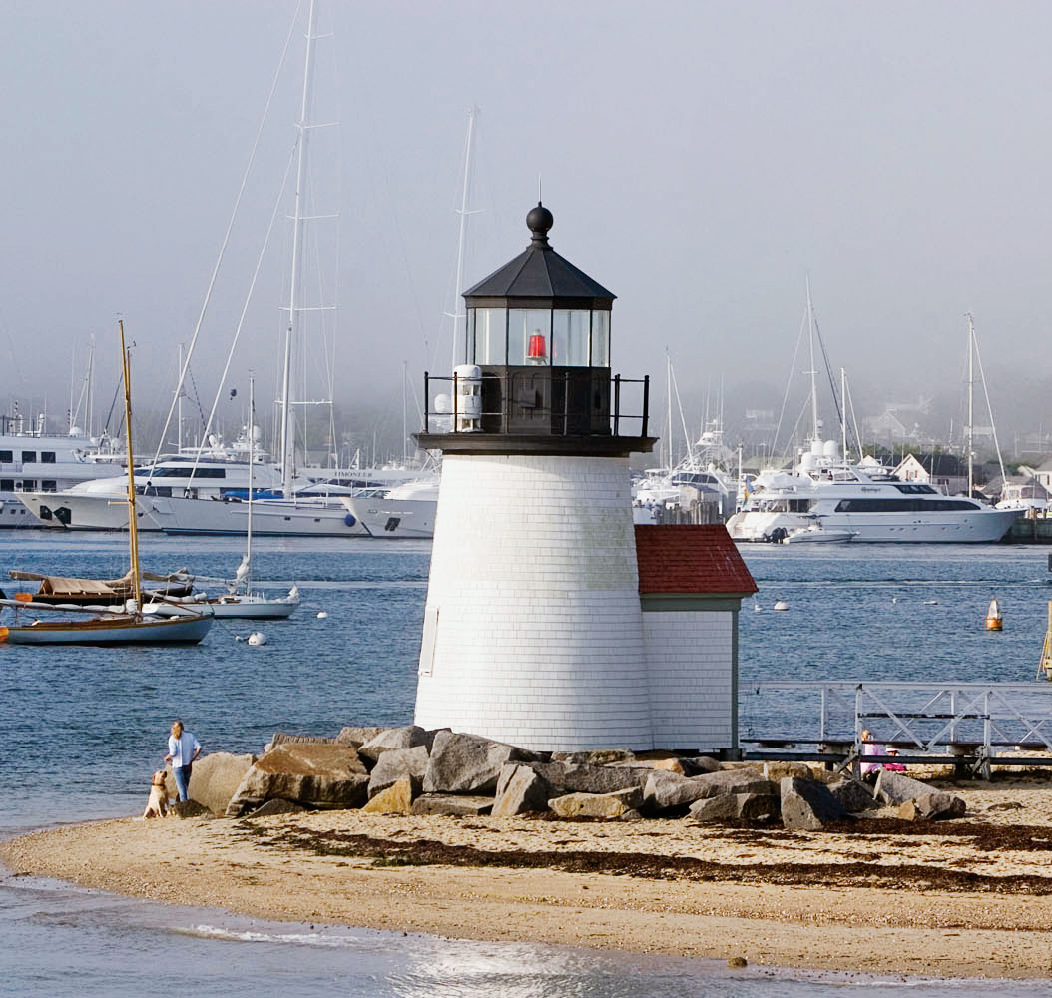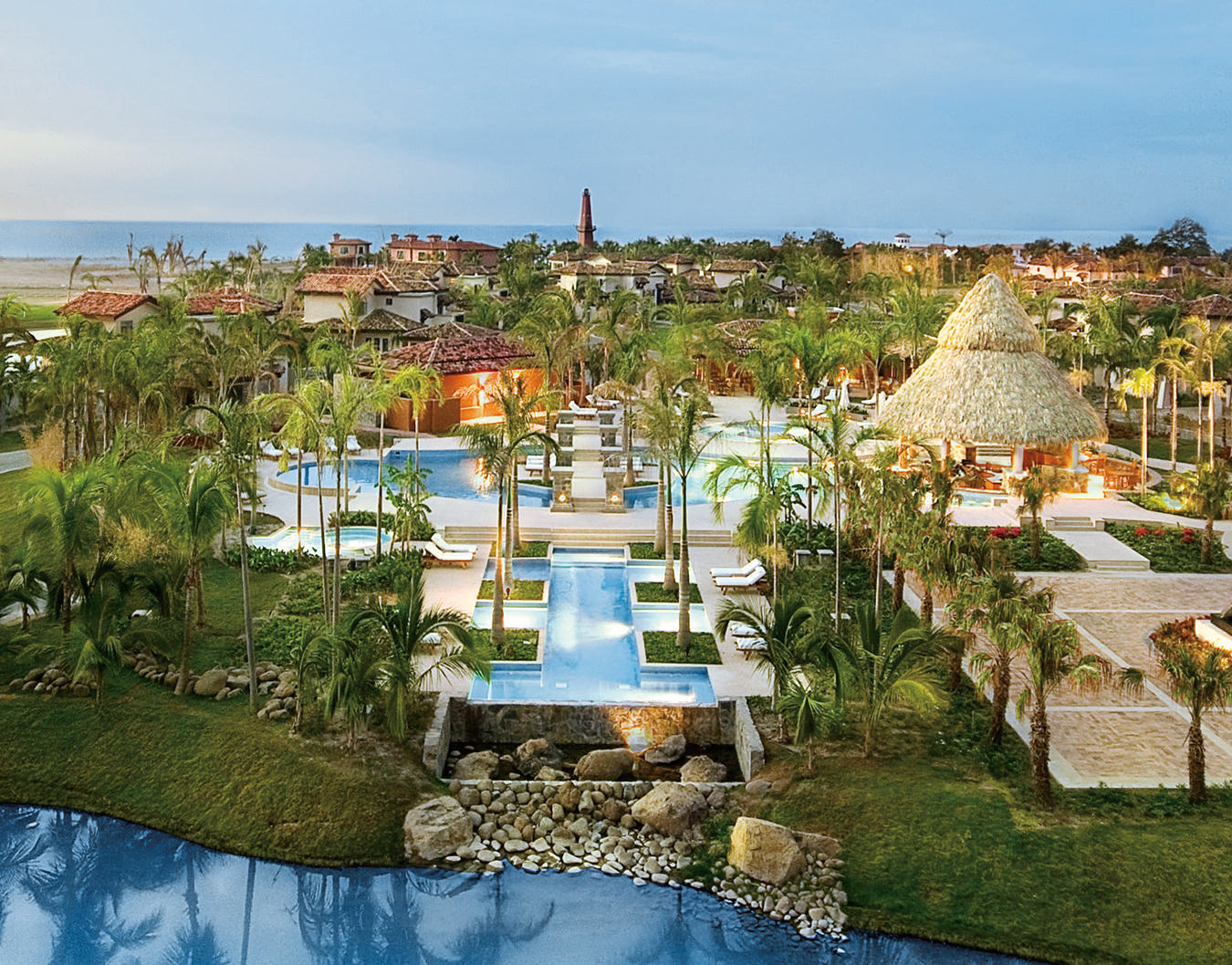The Colourful South Pole
Antarctica calling.
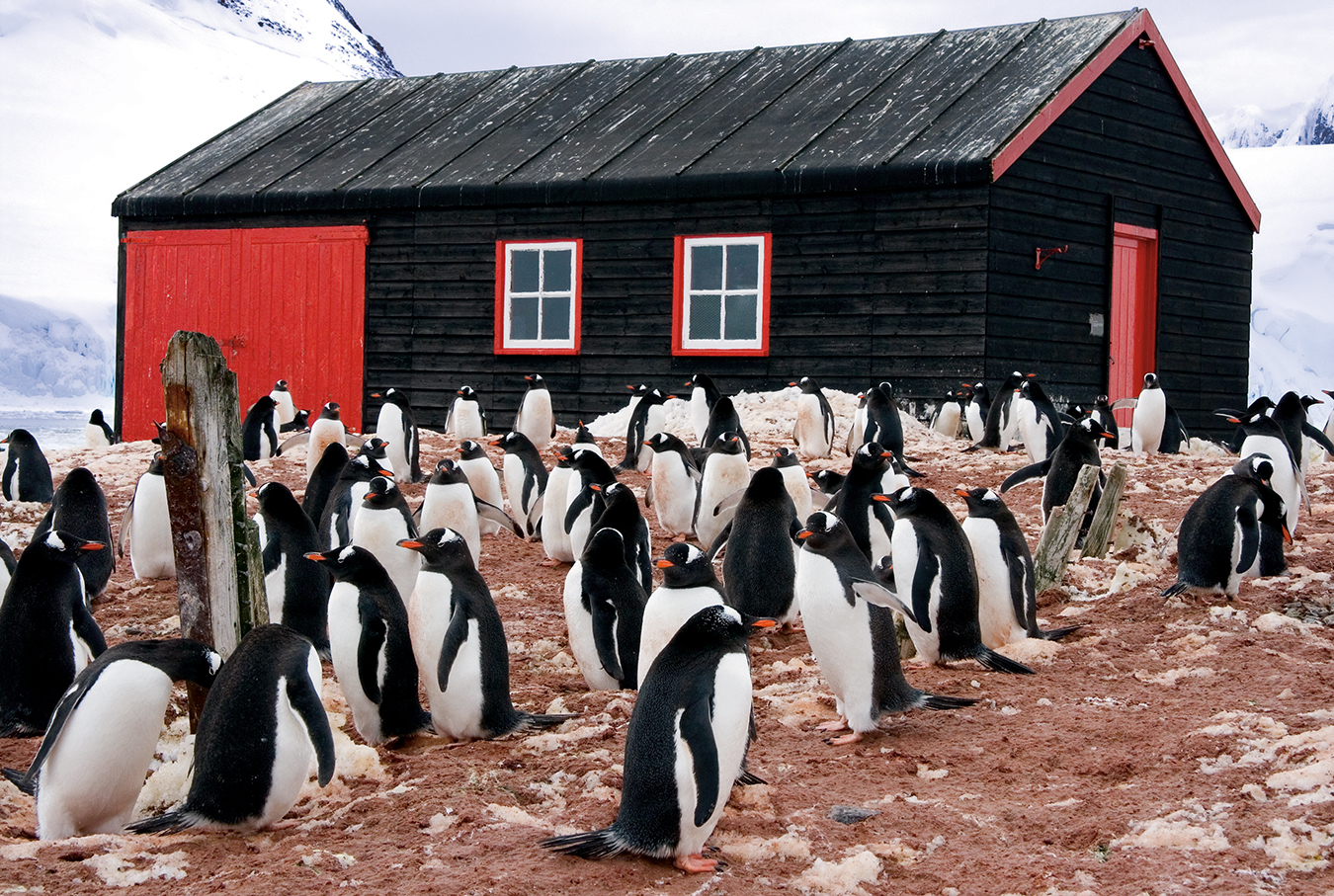
It’s an understandable mistake if you think the so-called great white continent of Antarctica is white. Of course, the mountains are blanketed with snow, and the vast icy plateaus are indeed white—so blindingly white that you’ll squint even wearing Ray-Bans. But the icebergs? Those are blue. In Iceberg Alley in the Weddell Sea, colossal tabular icebergs bigger than downtown buildings are luminescent in their blueness. Smaller ice sculptures seem to comprise every possible shade of blue. Even when day turns to dusk and everything else is grey and silver, the bergs still glow with blue light.
Over at Whalers Bay on Deception Island, the predominant colour is black. The black sand beach stretches as far as the eye can see, and is strewn with rusted fuel tanks and the skeletal remains of wooden boats (relics from the whaling companies that used the bay as a base during the first half of the 20th century). Weddell seals bask on the volcanic beach here, which is warmed by geothermal heat. We too soak up the warmth when we peel off our parkas, dash into the frigid sea, and wallow in the steaming geothermal waters that bubble up through the tiny pebbles at the water’s edge.
Antarctica is a palette of colours. Roald Amundsen, the Norwegian leader of the first expedition to reach the South Pole, got it right when he wrote in his diary in 1911, “Glittering white, shining blue, raven black, in the light of the sun, the land looks like a fairy tale.” And it is indeed an otherworldly realm. The stuff of dreams, Antarctica is often the last continent adventurous travellers visit. For one, it requires a commitment in terms of time and stoicism. Most expedition cruises journey for at least 11 nights. It takes four days from the tip of Argentina just to get to the Antarctic Peninsula and back; and you’ll need Dramamine while crossing the infamously rough Drake Passage. But once you approach the Antarctic Circle, the ice-choked waters are calm and the magic unfolds.
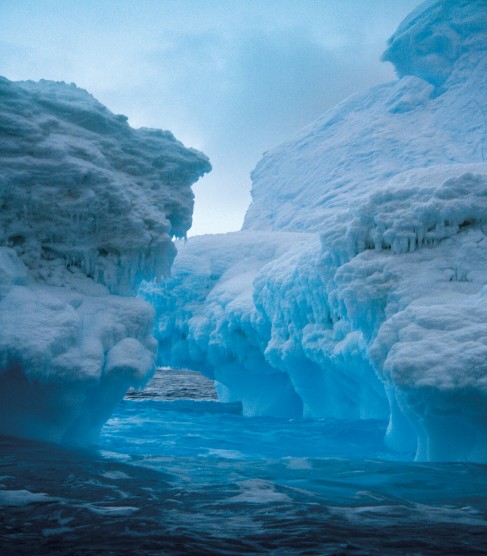
Icebergs radiate an incandescent blue light.
A small expedition vessel like the 148-passenger ice-rated National Geographic Explorer, operated by Lindblad Expeditions in partnership with the National Geographic Society, allows you to truly immerse yourself in this wonderland. It comes complete with 36 stable double-kayaks for paddling up close to the hundreds of adorable Adélie penguins that march up and down at the water’s edge. You also get to go ashore two or three times a day—often riding the surf in a Zodiac for a “wet landing” on a beach—unlike with larger ships which simply add on a spot of sightseeing to a South American cruise.
Nor is comfort forgotten. The Explorer has a wellness spa, a bistro bar with a piano, balcony cabins with spacious ensuite bathrooms, and a mudroom with lockers to stow your boots and outer gear. There’s hot chocolate with Baileys when you stomp in from the cold, and whole roasted duck breast drizzled with raspberry jus for dinner. Yet the focus is on learning and adventure—what you come to Antarctica for—and so there are daily lectures on Antarctic fauna and the heroic exploits of Sir Ernest Shackleton, who with 28 men survived a brutal winter in 1915 after pack ice crushed their ship. There is also film footage from the ship’s remote-operated vehicle, which explores the ocean at depths of up to 300 metres.
I like watching the penguins best. We sit for hours on the frozen ground observing their antics—tobogganing down snowy slopes on their tummies, tripping over our boots, tumbling headfirst into the water. At Baily Head on Deception Island we hear the 100,000 pairs of chinstrap penguins long before we see them. We visit in November—courting and breeding season—and the chinstraps, with their bills pointed skyward and flippers outstretched, are squawking noisily for their mates. “It’s known as ‘ecstatic behaviour’,” explains Steve MacLean, an ecologist and one of 11 naturalist guides accompanying us on our Lindblad voyage. “Each penguin has its own distinct call. They can find their partner from the previous year among the thousands of other birds by calling for them.”
When we arrive at tiny Port Lockroy, our last Antarctic landfall, we are greeted with brilliant splashes of scarlet. Originally a military base from the Second World War, three simple red huts are now maintained by the U.K. Antarctic Heritage Trust from November to March (the Antarctic cruise season) as the world’s southernmost museum, post office, and, yes, souvenir shop. A colony of gentoo penguins is beginning to nest around the site. They carry stones in their orange bills to build their mounded nests for the chicks that will hatch in December and January; we carry bags with T-shirts and trinkets back to the Zodiacs as we reluctantly bid farewell to this colourful cold continent.
Photos by Janice Mucalov.


